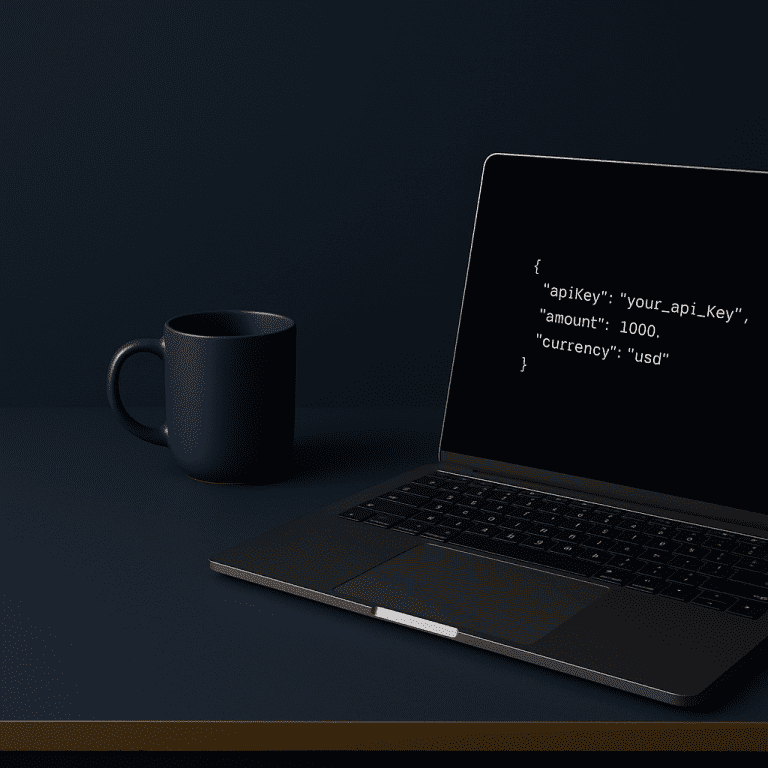SaaS (Software as a Service) has become a cornerstone business model for startups, offering scalability, recurring revenue, and adaptability across industries. As the SaaS landscape evolves, understanding emerging trends and strategies is crucial for startups to stay competitive. This guide explores the future of SaaS, from pricing models to the transformative role of AI.
Trends Shaping the Future of SaaS
Several key trends are driving the evolution of SaaS:
- AI Integration: Artificial intelligence is enhancing SaaS applications with features like predictive analytics, personalized user experiences, and automation.
- Vertical SaaS: Industry-specific solutions are gaining traction, tailoring software to meet the unique needs of sectors such as healthcare, education, and retail.
- Usage-Based Pricing: Flexible pricing models that charge based on consumption are becoming increasingly popular.
- Global Expansion: SaaS startups are leveraging cloud infrastructure to scale globally, reaching diverse markets with minimal physical presence.
- Focus on Security: With growing concerns about data breaches, robust security features are now a differentiator for SaaS solutions.
Choosing the Right SaaS Pricing Model
The pricing model you choose can significantly impact your startup’s growth and customer retention. Common SaaS pricing models include:
- Subscription-Based: Charges a recurring fee, typically monthly or annually. Ideal for predictable revenue streams.
- Usage-Based: Customers pay based on their usage, such as API calls or storage capacity. Best for flexibility.
- Freemium: Offers a free tier with the option to upgrade to paid plans. Effective for attracting a large user base.
- Tiered Pricing: Provides multiple pricing levels with varying features. Suitable for catering to different customer segments.
Startups should evaluate their target audience, product complexity, and competitors to choose the best fit.
Leveraging SaaS in Non-Tech Industries
SaaS is no longer limited to tech startups. Non-tech industries are adopting SaaS to streamline operations and improve customer experiences. Examples include:
- Healthcare: SaaS platforms for patient management and telemedicine.
- Retail: Inventory management and e-commerce solutions.
- Education: Learning management systems and virtual classrooms.
By offering tailored solutions, startups can tap into untapped markets and expand their reach.
The Role of AI in Transforming SaaS Applications
AI is revolutionizing SaaS by adding intelligence to traditional software solutions. Key applications include:
- Predictive Analytics: Enabling businesses to forecast trends and make data-driven decisions.
- Automation: Streamlining repetitive tasks like data entry and customer support.
- Personalization: Delivering customized user experiences based on behavior and preferences.
AI not only enhances the value of SaaS products but also helps startups differentiate themselves in a competitive market.
Scaling Strategies for SaaS Startups
To scale successfully, SaaS startups should adopt proven strategies:
- Focus on Customer Success: Retaining customers is more cost-effective than acquiring new ones. Offer robust support and onboarding.
- Invest in Marketing: Use content marketing, webinars, and case studies to educate potential customers and showcase your value.
- Optimize Sales Processes: Streamline your sales funnel with CRM tools and data-driven insights.
- Expand Geographically: Leverage cloud-based infrastructure to enter new markets with minimal upfront investment.
Final Thoughts
The future of SaaS is full of opportunities for startups willing to innovate and adapt. By understanding emerging trends, selecting the right pricing models, leveraging AI, and tapping into non-tech industries, SaaS startups can position themselves for long-term success. As the subscription economy grows, staying agile and customer-focused will be the key to thriving in this dynamic landscape.
Share this content:




